After repurposing facial recognition and deepfake tech to study galaxies and the Higgs boson, physicists think they can help shape the responsible use of AI.



The following is adapted from Lewis’ The Rise: Creativity, the Gift of Failure, and the Search for Mastery, published by Simon & Schuster.
“It says, ‘No entrance,’ but you just enter,” physicist Andre Geim told me about the graphite mines in the mountains where he often hikes. His comment embodied the insouciance behind his Nobel Prize–winning physics experiment and his habit of experimenting deliberately outside of his area of expertise.
Geim, a Russian-born Dutch and British citizen and a professor at the University of Manchester, and his colleague Konstantin Novoselov won the 2010 Nobel Prize in physics for their experiments involving the single-atom-thick material called graphene—the thinnest, strongest, most conductive material in existence. It is predicted to replace silicon and transform the electronics industry as we know it.
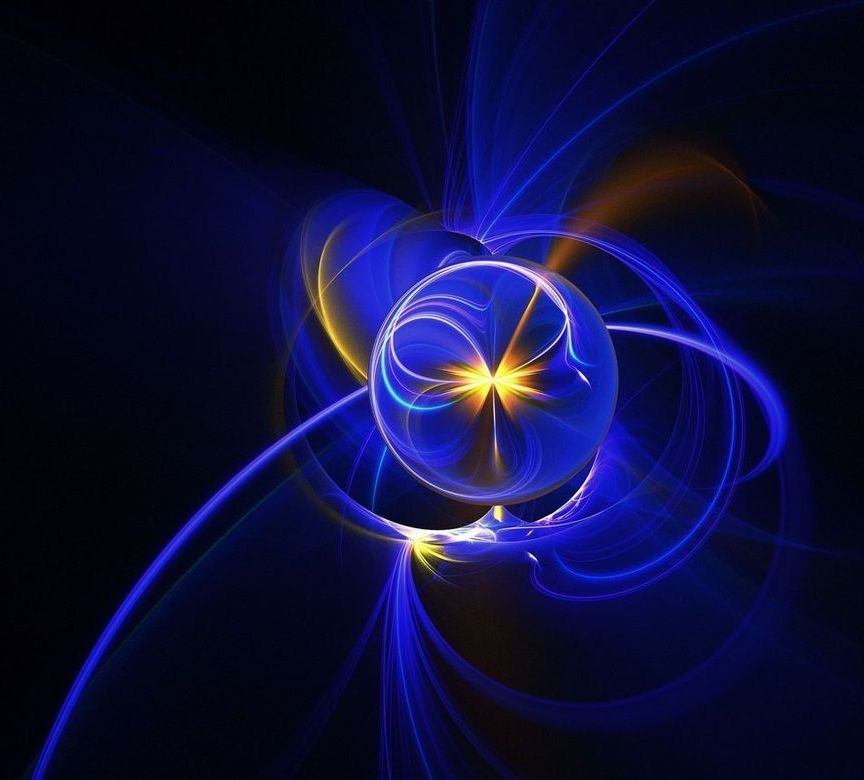
It prevents galaxies from flying apart.
Two experiments hunting for a whisper of a particle that prevents whole galaxies from flying apart recently published some contradictory results. One came up empty handed, while the other gives us every reason to keep on searching.
Dark bosons are dark matter candidates based on force-carrying particles that don’t really pack much force.
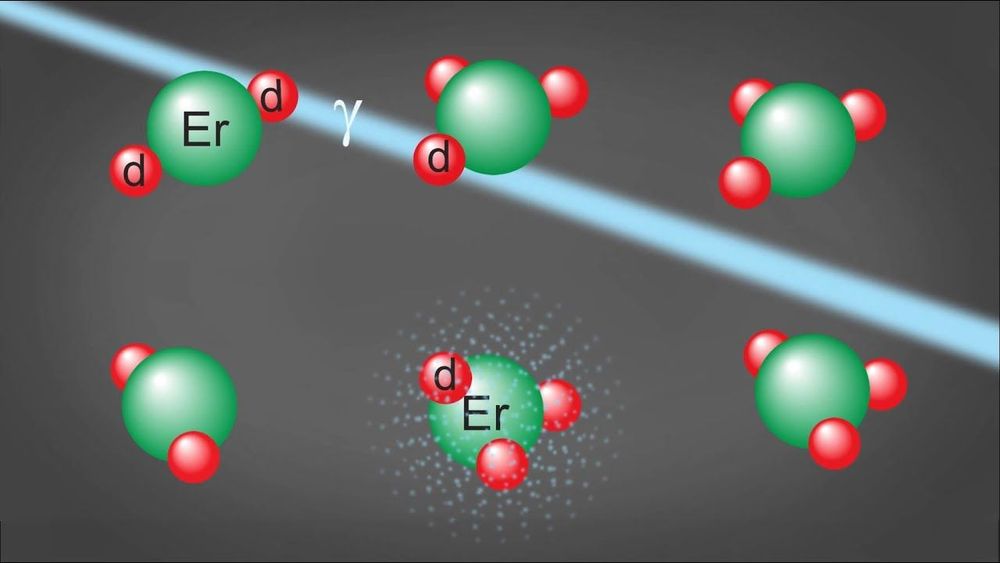
O,.o.
NASA has unlocked nuclear fusion on a tiny scale, with a phenomenon called lattice confinement fusion that takes place in the narrow channels between atoms. In the reaction, the common nuclear fuel deuterium gets trapped in the “empty” atomic space in a solid metal. What results is a Goldilocks effect that’s neither supercooled nor superheated, but where atoms reach fusion-level energy.
☢️ You like nuclear. So do we. Let’s nerd out over it together.
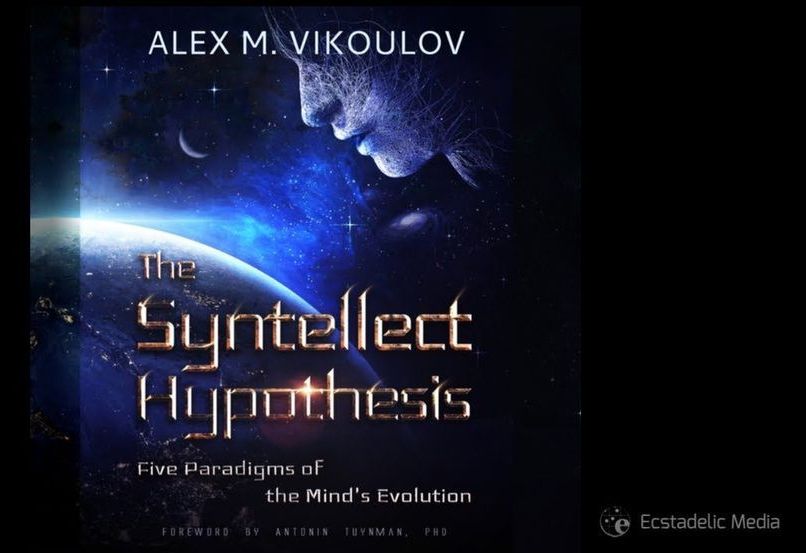
In the sixties of the previous century, the science of Cybernetics emerged, which its founder Norbert Wiener defined as “the scientific study of control and communication in the animal and the machine.” Whereas the cyberneticists perhaps saw everything in the organic world too much as a machine type of regulatory network, the paradigm swapped to its mirror image, wherein everything in the natural world became seen as an organic neural network. Indeed, self-regulating networks appear to be ubiquitous: From the subatomic organization of atoms to the atomic organization of molecules, macromolecules, cells and organisms, everywhere the equivalent of neural networks appears to be present.
#EvolutionaryCybernetics #CyberneticTheoryofMind #PhilosophyofMind #QuantumTheory #cybernetics #evolution #consciousness
“At a deep level all things in our Universe are ineffably interdependent and interconnected, as we are part of the Matryoshka-like mathematical object of emergent levels of complexity where consciousness pervades all levels.” –Alex M. Vikoulov, The Syntellect Hypothesis.
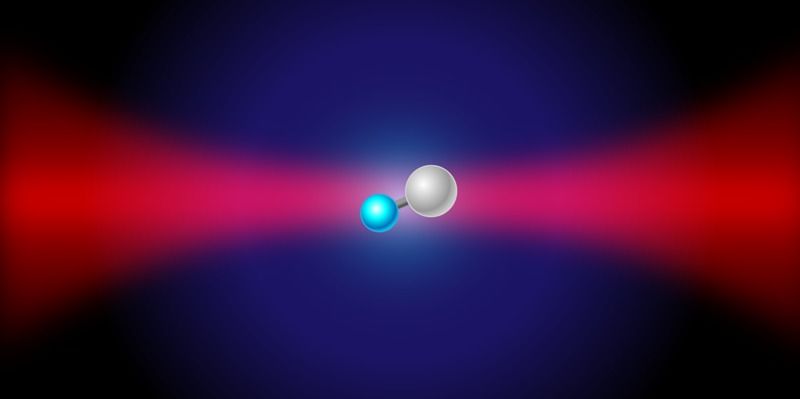
Researchers have created a molecule in a single, precisely characterized quantum state by merging two carefully prepared atoms.
Researchers have demonstrated a quantum molecular assembler—a device that takes individual atoms as inputs and merges them into a molecule in a desired quantum state. The team used lasers to trap and cool one sodium (Na) atom and one cesium (Cs) atom, bring them together, and merge them into an NaCs molecule in a specific quantum state. Such a quantum-controlled molecule is a promising building block for quantum computers and could help researchers study the quantum details of chemical reactions.
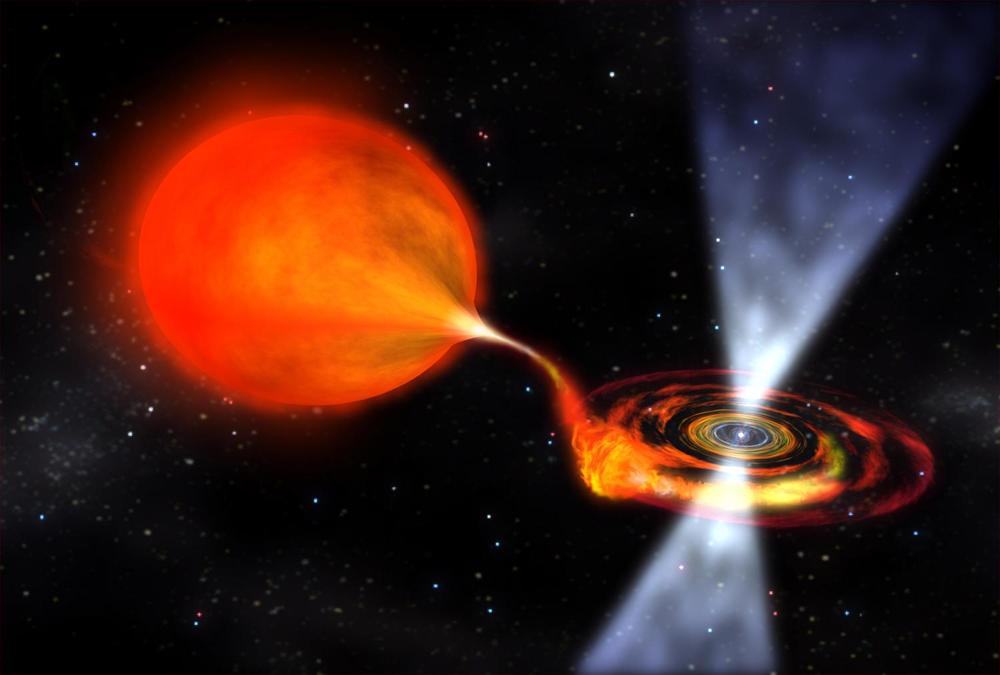
We recently observed the strongest magnetic field ever recorded in the Universe. The record-breaking field was discovered at the surface of a neutron star called GRO J1008-57 with a magnetic field strength of approximately 1 BILLION Tesla. For comparison, the Earth’s magnetic field clocks in at about 1/20,000 of a Tesla – tens of trillions of times weaker than you’d experience on this neutron star…and that is a good thing for your general health and wellbeing.
Neutron stars are the “dead cores” of once massive stars which have ended their lives as supernova. These stars exhausted their supply of hydrogen fuel in their core and a power balance between the internal energy of the star surging outward, and the star’s own massive gravity crushing inward, is cataclysmically unbalanced – gravity wins. The star collapses in on itself. The outer layers fall onto the core crushing it into the densest object we know of in the Universe – a neutron star. Even atoms are crushed. Negatively charged electrons are forced into the atomic nuclei meeting their positive proton counterparts creating more neutrons. When the core can be crushed no further, the outer remaining material of the star rebounds back into space in a massive explosion – a supernova.

Magnetism and electricity are linked together in many weird and wonderful ways throughout science, including the fascinating magnetoelectric effect noticeable in some crystals – where the electrical properties of a crystal can be influenced by a magnetic field, and vice versa.
Now things have gotten even weirder, because scientists have discovered a brand new magnetoelectric effect in a symmetrical crystal – and it shouldn’t be possible.
The effect was found in a specific type of crystal called a langasite, which is made up of lanthanum, gallium, silicon and oxygen, plus holmium atoms.
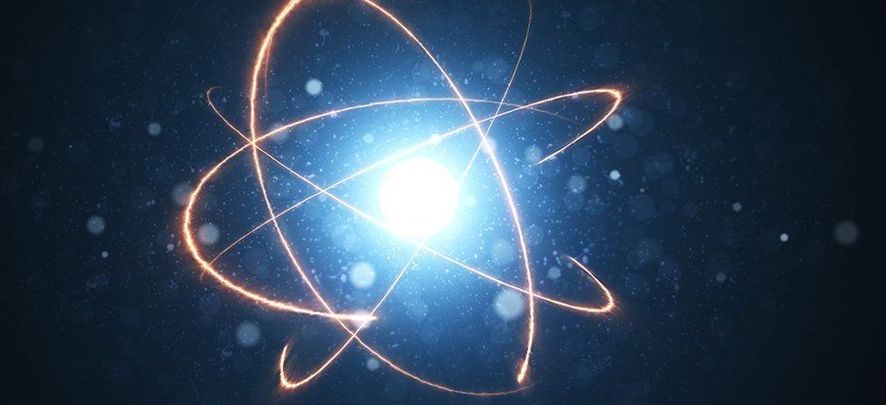
Two experiments hunting for a whisper of a particle that prevents whole galaxies from flying apart recently published some contradictory results. One came up empty handed, while the other gives us every reason to keep on searching.
Dark bosons are dark matter candidates based on force-carrying particles that don’t really pack much force.
Unlike the bosons we’re more familiar with, such as the photons that bind molecules and the gluons that hold atomic nuclei together, an exchange of dark bosons would barely affect their immediate surroundings.

Composite fermions are exotic quasi-particles found in interacting 2-D fermion systems at relatively large perpendicular magnetic fields. These quasi-particles, which are composed of an electron and two magnetic flux quanta, have often been used to describe a physical phenomenon known as the fractional quantum Hall effect.
Researchers at Princeton University and Pennsylvania State University recently used composite fermions to test a theory introduced by physicist Felix Bloch almost a century ago, suggesting that at very low densities, a paramagnetic Fermi “sea” of electrons should spontaneously transition to a fully magnetized state, which is now referred to as Bloch ferromagnetism. Their paper, published in Nature Physics, provides evidence of an abrupt transition to full magnetization that is closely aligned with the state theorized by Bloch.
“Composite fermions are truly remarkable,” Mansour Shayegan, professor of Electrical Engineering at Princeton University and one of the researchers who carried out the study, told Phys.org. “They are born of interaction and magnetic flux, and yet they map such a complex system to a simple collection of quasi-particles that to a large degree behave as non-interacting and also behave as if they don’t feel the large magnetic field. One of their most interesting properties is their spin polarization.”